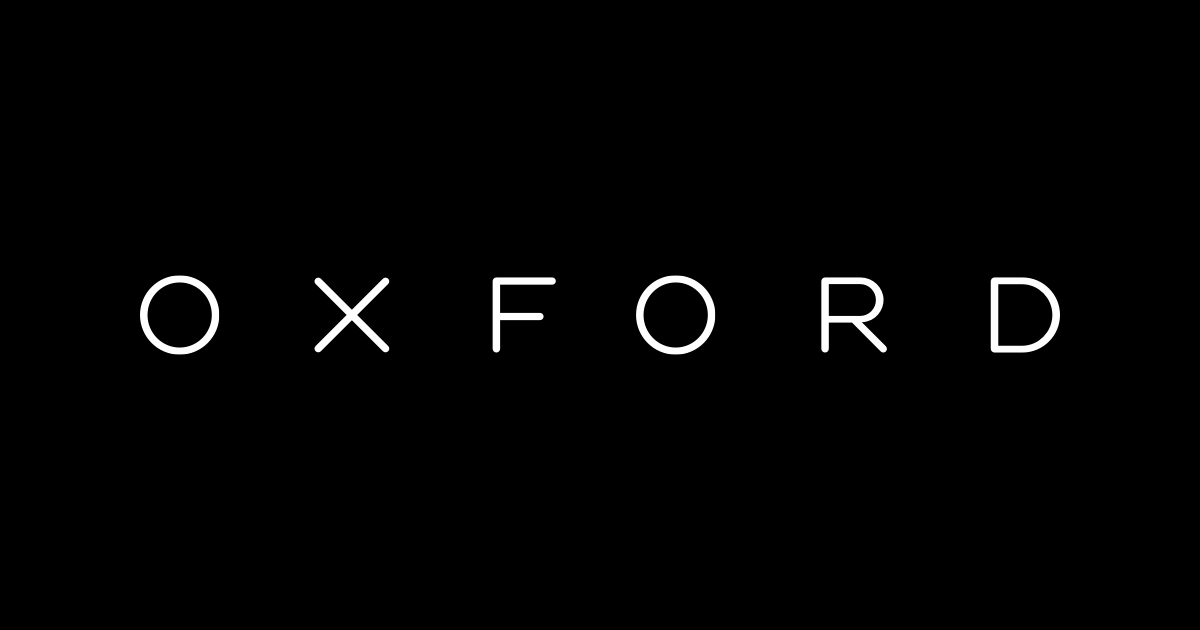Worms & crocodiles vs. “business transformation”
You may wonder what worms and crocodiles have to do with business transformation, but bear with me.
You see, when businesses think about the future, they tend to think of “transformation”, and it usually has a “digital” angle. Often, they bring in consultants who paint an amazing vision of the future, which everyone gets really excited about, but then they go home and your people are left with no practical idea how to attain that vision. Everyone goes back to their desks, the pressures of day to day business re-appear, and the business is no further forward.
If a business doesn’t have a clear view on future direction, lots of squads doing lots of sprints will just be wasted time and effort.
Then there are the digital partners who come in and show how no business can do without yet another “transformational” product or service. And then the same happens next month, and the next. And before you know it you have less of a transformed business, and more a bolt-on collection of “things” that don’t work together.
This is no surprise. For years we’ve been told that the future is digital, and that ‘if you’re not moving at the speed of light you’re going backwards’, so who can blame businesses for just trying things, building digital teams, having digital strategies, all in an attempt to make some sense of the rapid changes that they are experiencing.
“Agile” is the latest shiny object. Every business is adopting agile ways of working, with “scrums” and “squads” abounding. For some businesses this will be absolutely the right thing to do, but it can’t be for everyone. For some businesses, it will just be another initiative dropped into an already chaotic mix. If a business doesn’t have a clear view on future direction and purpose, lots of squads doing lots of sprints will just be wasted time and effort. Not to mention sprint after sprint after sprint is just exhausting.
But there is another way. A more thoughtful way. A more sustainable way. And it turns out it’s as old as time. It’s called “evolution”.
"Transformation” implies moving from one point to another, as if there’s one answer to the challenges faced.
“Transformation” implies moving from one point to another, as if there’s one answer to the challenges faced. But “evolution” isn’t a point you get to – it’s a journey you go on. Nothing is ever fully-evolved; evolution is constantly iterative.
But how do we evolve? It turns out that the unheard-of velvet worm is in the top 10 evolved creatures still around today, but who told them how to evolve? Well nobody, obviously; they just did. Over 505 million years of constant change; of very subtly, but rapidly, adapting to the changing environment to ensure they were “fit for the future”. No huge changes, no leaps from one stage to another. And it’s still fast; it has to be - if you don’t adapt to rapid changes, you become extinct – just look at the Woolly Mammoth. Or Blockbuster.
Instead of looking to grow market share next year, how about getting a greater share of growth over the next 5 years?
So what does that mean for business? Well firstly we need an evolutionary outlook. Instead of looking to grow market share next year, how about getting a greater share of growth over the next 5 years? Instead of thinking what we can do within our existing business footprint, think about the adjacencies we could look to exploit, and try to think beyond the constraints of our current business model.
Digital photography was blamed for the death of Kodak in 2011. The truth is a little more nuanced. The digital camera was invented by a Kodak engineer in 1975, but their business model was so predicated on their being a film business, that they couldn’t afford to fully exploit their own invention, with the result that other, more nimble businesses did. Kodak could have learned a thing or two from the velvet worm.
"Businesses that are winning are those that are focused on their customer, and the experience journey of that customer… So let’s use the experience journey to evolve businesses themselves."
But how do we evolve? Well, it’s all about the journey.
Businesses that are winning are those that are focused on their customer, and the experience journey of that customer. And they really, truly use that journey. Not as a series of tactics with which to communicate to customers, but instead they to identify the pain points for their customers, and then they remove them.
So let’s use the experience journey to evolve businesses themselves. If we have a view of where we want to get to, let’s build the experience journey that will get us there as a business. And we need to build it cross-functionally, thinking about how our business evolution journey will help with our customer’s experience journey.
Thinking about it as an evolutionary journey means it becomes much more strategic, and less tactical. “Digital” is brought in as a tool at the right point in the evolution journey to help the customer’s experience journey at the points when it is needed, rather than as an end in itself. Departments are created, and people hired, if they will remove pain points in the customer’s experience journey, not because the competition have done so, or because the CMO thinks it’s cool.
No two businesses are the same today, or will look to be the same tomorrow, and that’s why the cookie-cutter “business transformation” approach used by many consultancies can’t work.
And this is the beauty of the evolutionary experience journey; every business will have a different one. No two businesses are the same today, or will look to be the same tomorrow, and that’s why the cookie-cutter “business transformation” approach used by many consultancies can’t work.
Agile working will be great for some, not for others. Some businesses will need to hire in talent, others will discover that they already have talented people, and simply need to liberate them from the silos they work in. I’ve written before that a seamless customer experience is built seamlessly; not with siloed structures and ways of working.
We need to start thinking about business evolution rather than transformation, all rooted in our customers and their experience. And then we need to think about the evolution journey we need to go on to get there, rather than focusing on what our competitors are doing. After all, as well as velvet worms, crocodiles are also in the top 10 evolved species, but I’m pretty sure they both took very different evolution journeys to get here.
Share this
You May Also Like
These Related Stories

How to drive growth when everything is a moving target

Shopper Marketing | Is shopper marketing dead?

.png?width=657&height=57&name=OXFORD%20LOGO%20(1).png)
No Comments Yet
Let us know what you think